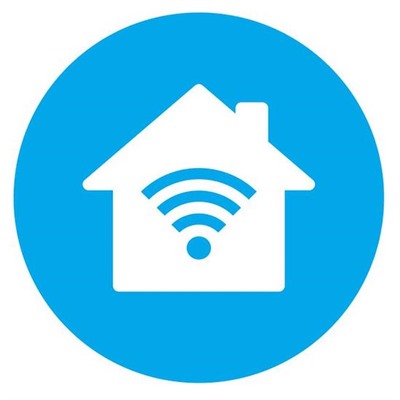Most of us use Wi-Fi to access the Internet, which is a wireless connection that links are our devices like laptops, smartphones, iPads to the Internet. That should make sense even to a two-year-old who’s probably watching this on his laptop or even tablet.

While the odds are that your neighbor isn’t trying to hack into your router, but that doesn’t mean you should leave your Wi-Fi network be vulnerable. Or does it?
Before we get started, do note that most wireless routers have different interfaces, and different settings name. For this video, I’ll be poking around the interface of a Netgear R7000. But the basic setup structure should remain the same for most router models.
With that out of the way, let’s get started.
First things first - to access your router, fire up the web browser (on a device that’s connected to your router) and type in your router’s IP address:
If you don’t know the IP address or your router, pull up the command prompt and type in ipconfig. The IP address is listed as your default gateway. if you’re on a Mac, pull up System Preferences > Network, and click on Advanced in the bottom-right corner. Click on the TCP/IP option toward the top of the next window and look for your router’s IP address.
Type that IP address into the web browser and hit enter. Next, it’ll ask for the username and password of your router. Type that in (usually it’s admin and admin or admin and password) and there you go. You are in.
Step 1: Update your firmware
First thing you need to make sure that your router is running the most up-to-date firmware.
Some routers require you to upload new firmware yourself, by downloading the right firmware from the router’s manufacturer while others let you automatically update the firmware with the click of a button.
In general, you’ll have to check for new firmware fairly regularly as it’s important if you want to keep your router protected from external attacks.
Step 2: Change your router login and password
Remember we use the default username and password to login the network. Well, don’t do that. What if an intruder connects to your Wi-Fi network, they can easily find the default username and password by using websites like routerspasswords.com and kick you out of your own Wi-Fi network.
Therefore, it’s important to use a login and password that’s hard to guess.
Step 3: Use WPA2 to secure your wireless network
WEP and WPA can be easily cracked with simple brute-force attacks. So, it goes without saying that you should only use WPA2 encryption.
In fact, WPA3 will be released later in 2018. So, you are watching this video after a year or two after it was published, check if your router supports WPA3.
Step 4: Turn off WPS
If you don’t know what WPS is, it’s a small button at the back of your router which lets you connect your Wi-Fi devices to your router, without the need of typing in complex passwords. Just press the button and enter the WPS 6-digit pin. Well, it may sound cool, but it does more harm than any good. These PIN numbers are much easier to brute-force than a more complicated password.
So, make sure you disable the WPS PIN, and are not using it anyway.
Step 5: Change your DNS
By default, you use the DNS provided by your ISP, they are faster for sure, but not necessarily secure.
So, change your DNS to a Google DNS or CloudFlare DNS server. They will add an extra layer of security, and prevent you from any man-in-the-middle attacks, pop ups, redirects etc.
You can even setup Open DNS on your router to setup free parental control on your network. Or if you wish to access geo-restricted content, just setup Smart DNS Proxy instead. It’s really secure as well.
Step 6: Disable unnecessary services
Most routers offer feature like “remote management” or “remote administration”. if you don’t know what they are or what they do, just make sure they’re disabled.
If you are not a heavy gamer or use torrents, then consider disabling UPnP on your router.
And to the same for port forwarding, FTP, USB, etc. If you are not using it actively, then turn them off.
Step 7: Setup guests Wi-Fi
Guest Wi-Fi’s are great, your router sets up a second SSID which your friends and relatives can connect to and use the Internet. While having no connection with your regular Wi-Fi network.
As awesome as it sounds, not many people are using it.
Another reason to use guest network is for smart home gadgets. If someone takes advantage of a vulnerability in your smart speaker and breaks into your network, they still can’t access your original Wi-Fi network.
In a nutshell, use a good password with wpa2 encryption and don’t forget to turn WPS off.
Also, check out Smart DNS Proxy if you’re keen to unblock geo-restricted content on sites like Netflix US, Hulu, Pandora, Amazon Prime Video, etc.
We’ve done plenty of videos and how-to-setups so do check them out.
And subscribe if you’re new here
Thanks for reading and watching.
BACK TO NEWS